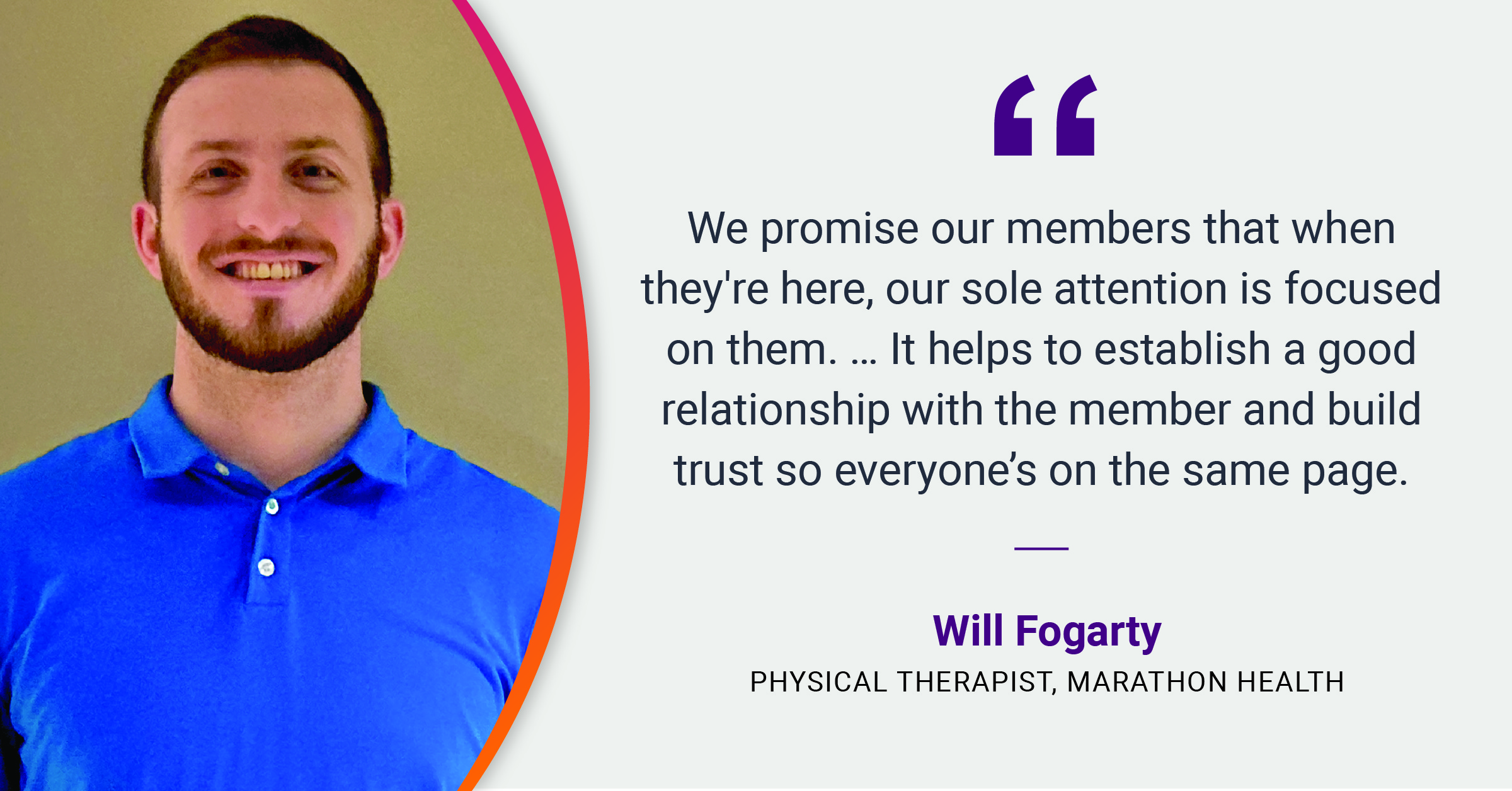This year has brought many changes to worksite healthcare and healthcare overall. One of the most significant changes has been the increased utilization of virtual care.
Throughout 2020 and the COVID-19 pandemic, we’ve seen healthcare systems, employers, and providers alike, rely on and expand virtual care offerings to best support their patients and employees. Almost overnight, virtual care services were deployed on a larger scale than ever before. As we move into 2021, virtual care strategies continue to be refined to lay the groundwork for a new standard of care. The value of virtual care has shown to be tremendous in emphasizing safety and efficiency for patients. The recognition of virtual care’s potential in expanding primary care, reducing health disparities, delivering home health, and integrating across multiple care settings, has ignited questions about its potential moving into the future.
A Part of Mainstream Healthcare
The COVID-19 pandemic has taken the adaption to virtual care from a slow jog to a full sprint. Due to the rapid ‘digital revolution’ in healthcare, virtual care is now a household concept. The rise of virtual care has emphasized the role technology has in patient engagement and healthcare as a whole. The patient access journey has changed. To engage effectively with new patients and foster stronger relationships with existing ones, healthcare organizations need to evolve how they connect with patients across all potential interaction points, while continuously identifying new ways to remove friction from the access process.
Expanded Offerings
Perhaps once considered a complementary addition to in-person care, virtual care has become an essential component of care delivery. Virtual care can improve the overall patient experience, enable patient access to much-needed services, and improve the value of the care delivered. Effective healthcare organizations are incorporating virtual care methodologies and technologies in to their long-term patient care strategies. Virtual care stretches past acute concerns to include primary care and chronic condition management, behavioral health services, physical therapy, after-hours care, and more. In 2021, we can expect to see a breadth and diversity in the types of care that will be delivered virtually. With an omni-channel care delivery system, each type of care can and should work seamlessly together, creating a more connected patient experience.
Patient Empowerment
Virtual care services have become a cost-effective and meaningful way for patients to access care. With patient-choice at the forefront and increased patient-provider communication, patients are empowered to take steps to take control of their healthcare and its delivery. By offering a flexible option for a wide variety of health and treatment needs, patients are able to choose how, when, and where their care is delivered.
Not all virtual care is created equal – with Marathon Health virtual care, employees and their dependents are just a click away from care with providers (as well as health coaches, behavioral health counselors, physical therapists, and care navigators) they know and trust. By connecting with a smartphone, computer, or another connected device, our providers continue the meaningful relationships they have with patients and help them navigate health concerns.
With virtual care extending the reach and delivery of humanized healthcare to our eligible members, they can count on:
- Private and HIPAA-compliant access to trusted providers.
- Seamless care with patient records available to the provider from the Marathon Health EMR.
- Peace of mind with a convenient appointment.
- Proactive outreach and patient education to continuously engage patients.
- Wide range of services beyond quick transactional care.
- Continuity of care planning and delivery.
Virtual care has shown to have lasting potential for innovation in 2021 and in the years to come. As in years past, our goals are to maintain the health of people who are well, meet the needs of those who are sick, and help to reduce the burden on the healthcare system overall. Innovations in virtual health will be a key piece of this goal in 2021 and beyond. Read more about how we’re humanizing health with virtual care, here.
You might also like
Subscribe to our newsletter and stay on the cutting edge of worksite healthcare.











